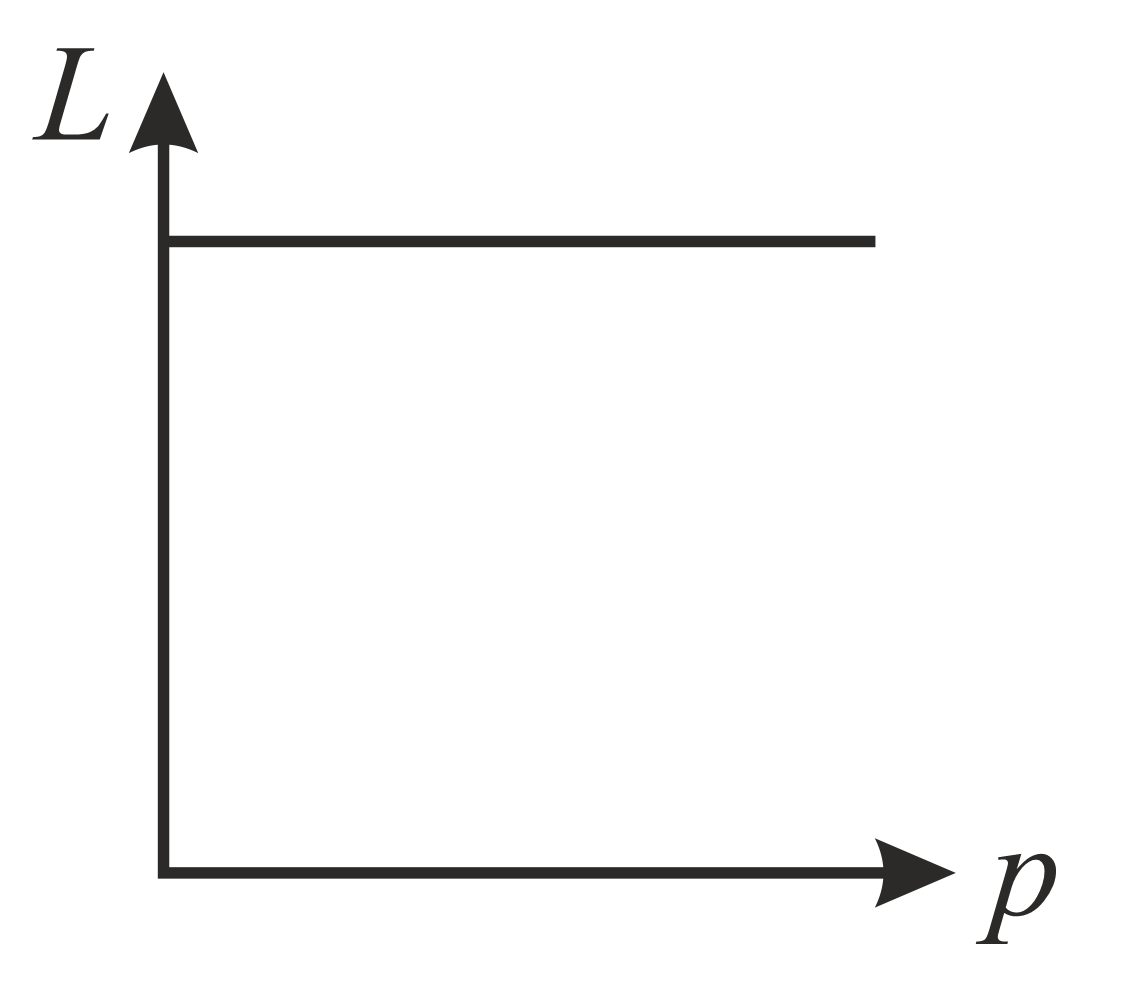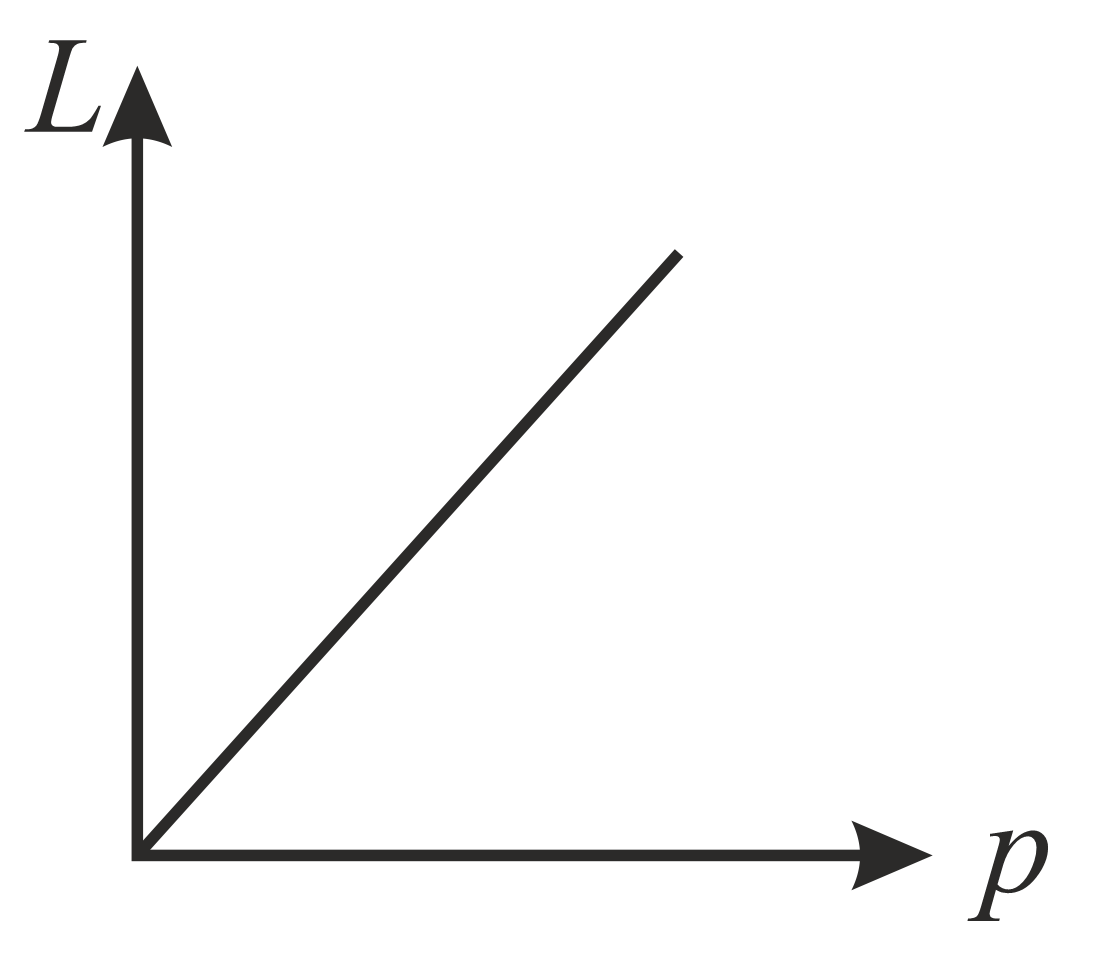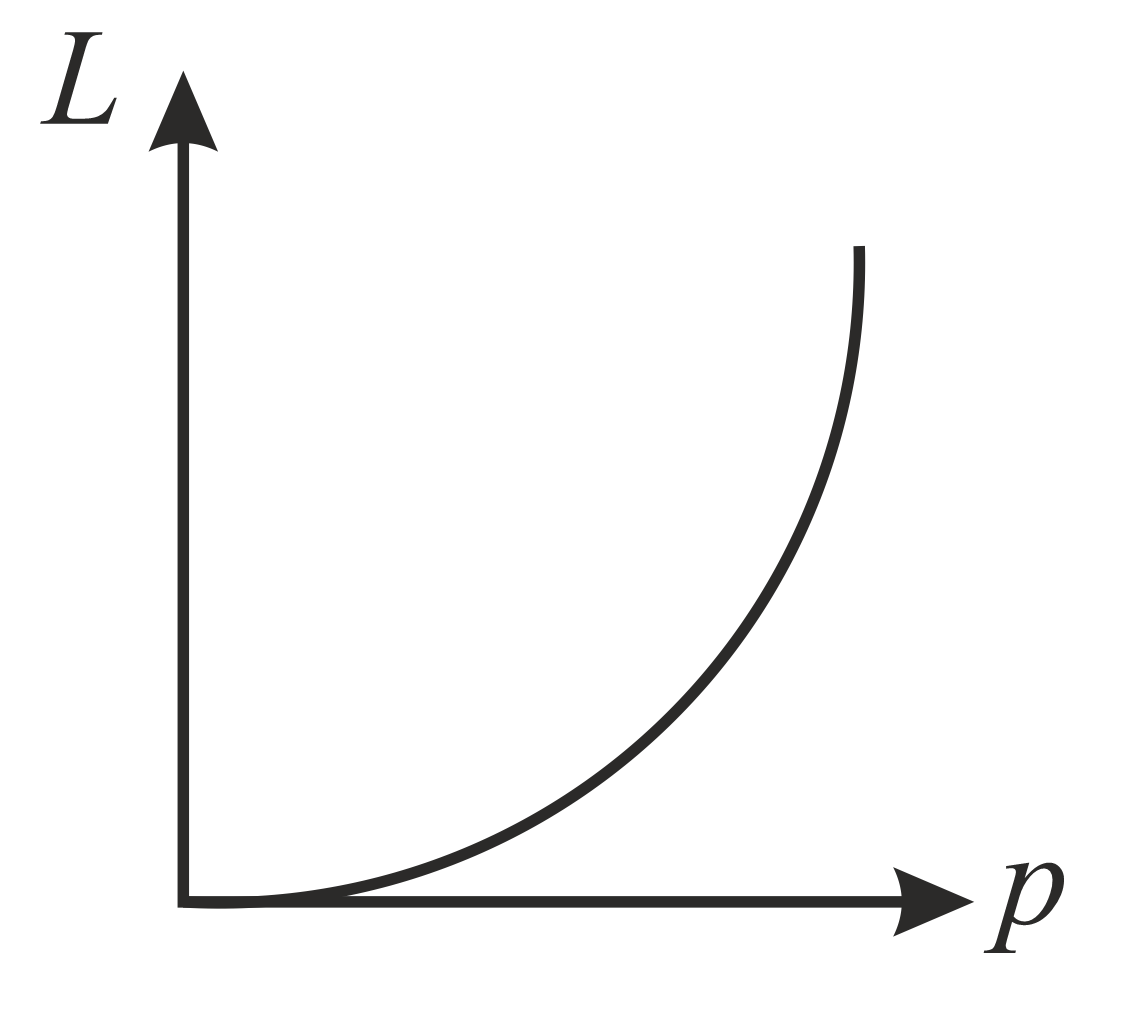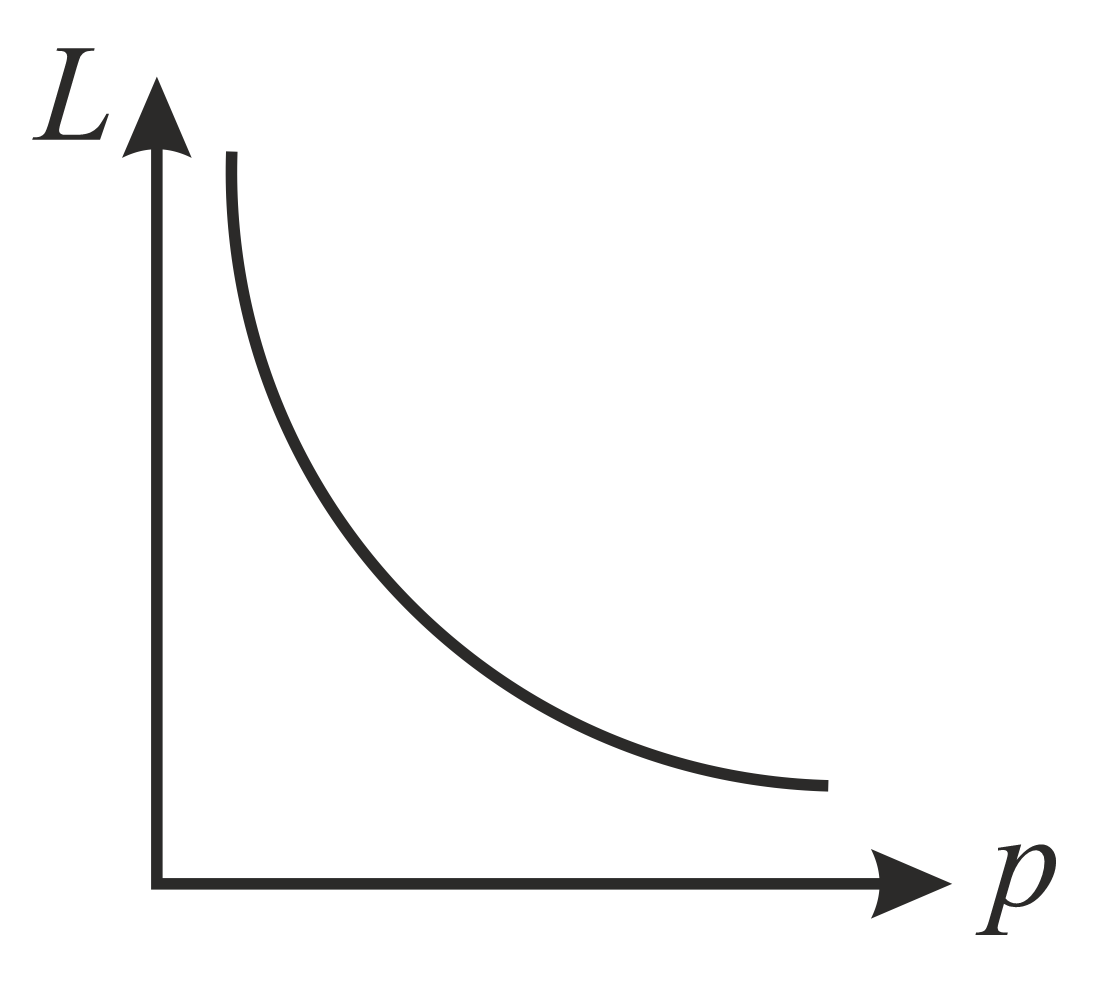MEDIUM
Earn 100
The de-Broglie wavelength associated with an elementary particle of linear momentum is best represented by the graph
(a)

(b)

(c)

(d)

50% studentsanswered this correctly
Important Questions on Dual Nature of Radiation and Matter
HARD
MEDIUM
EASY
EASY
EASY
EASY
MEDIUM
MEDIUM
HARD
HARD
EASY
MEDIUM
EASY
MEDIUM
EASY
HARD
MEDIUM
MEDIUM
EASY
EASY

